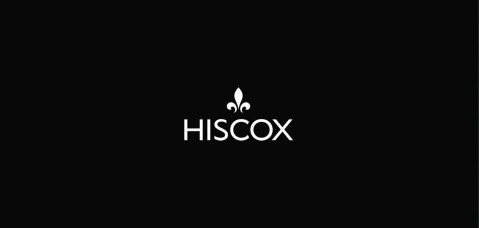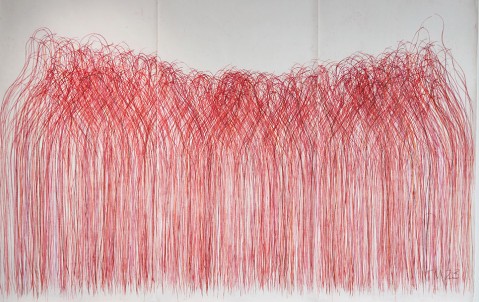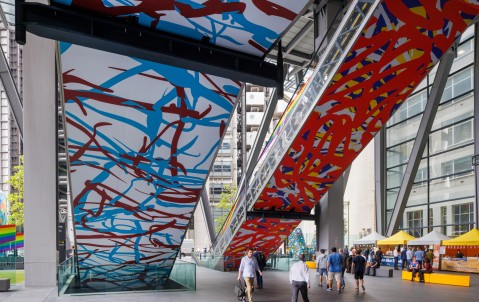All eyes will be on the World Cup over the next month. Billions will watch on TV and major corporate sponsors including Adidas, Sony, Visa and Coca-Cola will pay an estimated $1.3 billion to market their brands to this huge, enthusiastic audience. These sponsors will reach passionate fans from around the world with their brand and messages many times throughout the tournament. While their sponsorship dollars get them exclusive access to this huge audience, much of the action and brand associations will ultimately be out of their hands.
Corporations work hard to establish their brand and effectively communicate their brand promise to consumers and the public at large. Sponsoring a large international event like the World Cup can make a major impact, but you can also lose control of exactly how your brand is perceived. Brazil’s preparations for the World Cup have been anything but smooth – there are uncompleted stadiums, non-existent infrastructure improvements, subway strikes and protest camps within spitting distance of some of the main competition sites. Just like AOL had no idea what they were getting into when they sponsored the infamous Janet Jackson “wardrobe malfunction” halftime show in 2004, the 2014 World Cup sponsors will also be entering unknown territory. What if the lasting image from the 2014 World Cup is a protestor being tear gassed by police outside of a stadium in front of a Coke logo? That’s not what they signed up for, but something like that happening is a distinct possibility.
Negative brand associations are a possibility when you sponsor any major event, but brands actively do everything they possibly can to avoid them. I attended several Super Bowls and other major events while at PepsiCo, and we managed every aspect we could: when and how our logo would appear in promotions, signage, advertisements and anywhere else. Sponsors paying big money to associate themselves with these events want to be sure they’re getting maximum value for their investment. That’s one of the reasons that some big World Cup sponsors are already questioning the decision to host the 2022 event in Qatar – a place with a scorchingly hot summer climate, no existing World Cup calibre stadiums and dogged by rumors they bribed their way to the 2022 selection. For an event as big as the World Cup, the event organizers normally also protect their interests, as well as their sponsors, through an insurance policy in case the event has to be cancelled or delayed.
I’m a football (soccer) guy myself, so I’ll be watching the games as much as I can and hope to see some great competition. But, the marketer in me will be keeping an eye on the sponsors and tracking how their brands benefit from associating with this huge event.
Russ Findlay is Head of Marketing for Hiscox USA. He previously held senior marketing roles at Pepsico and Unilever and was Chief Marketing Officer at Major League Soccer.




